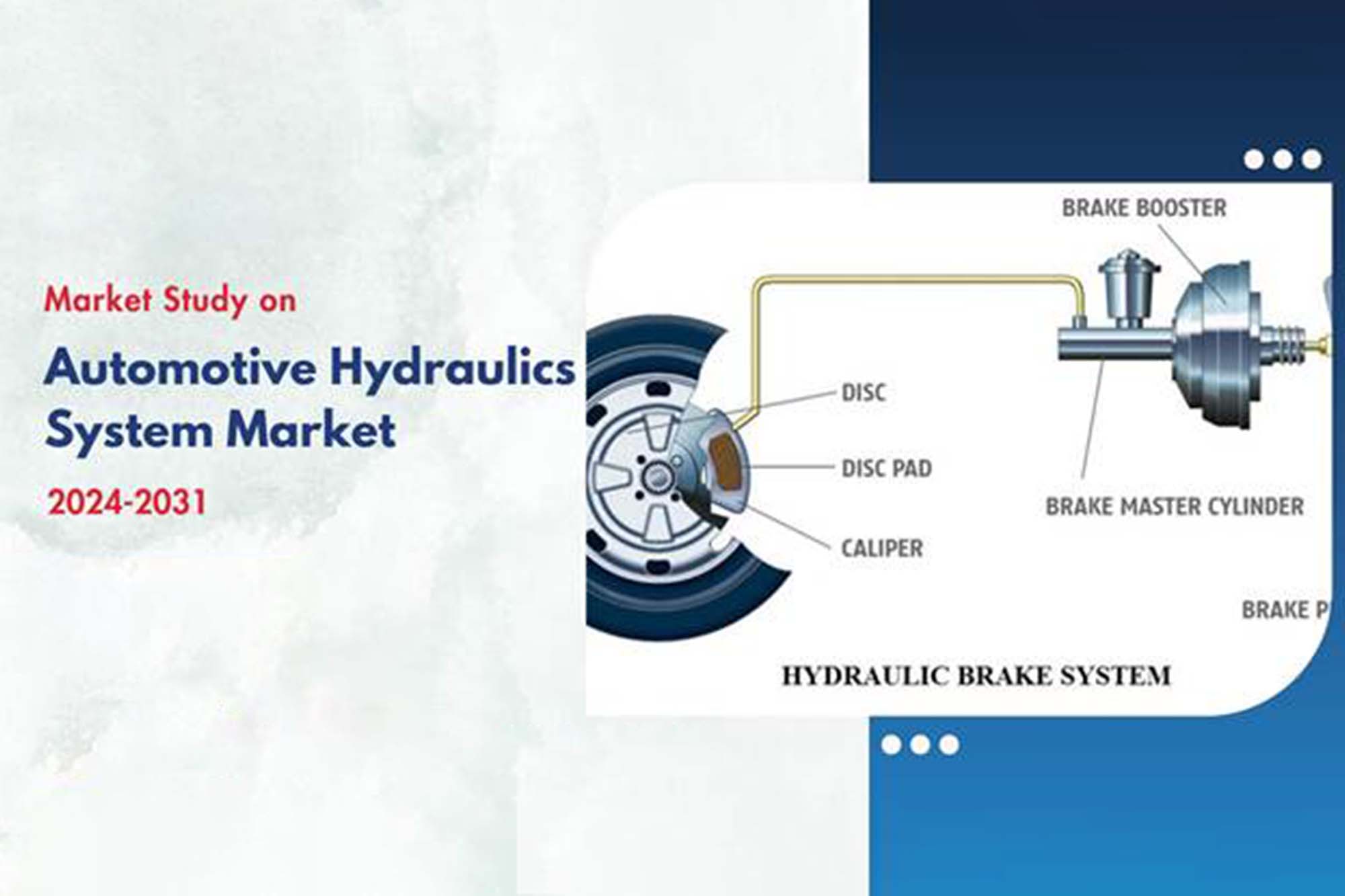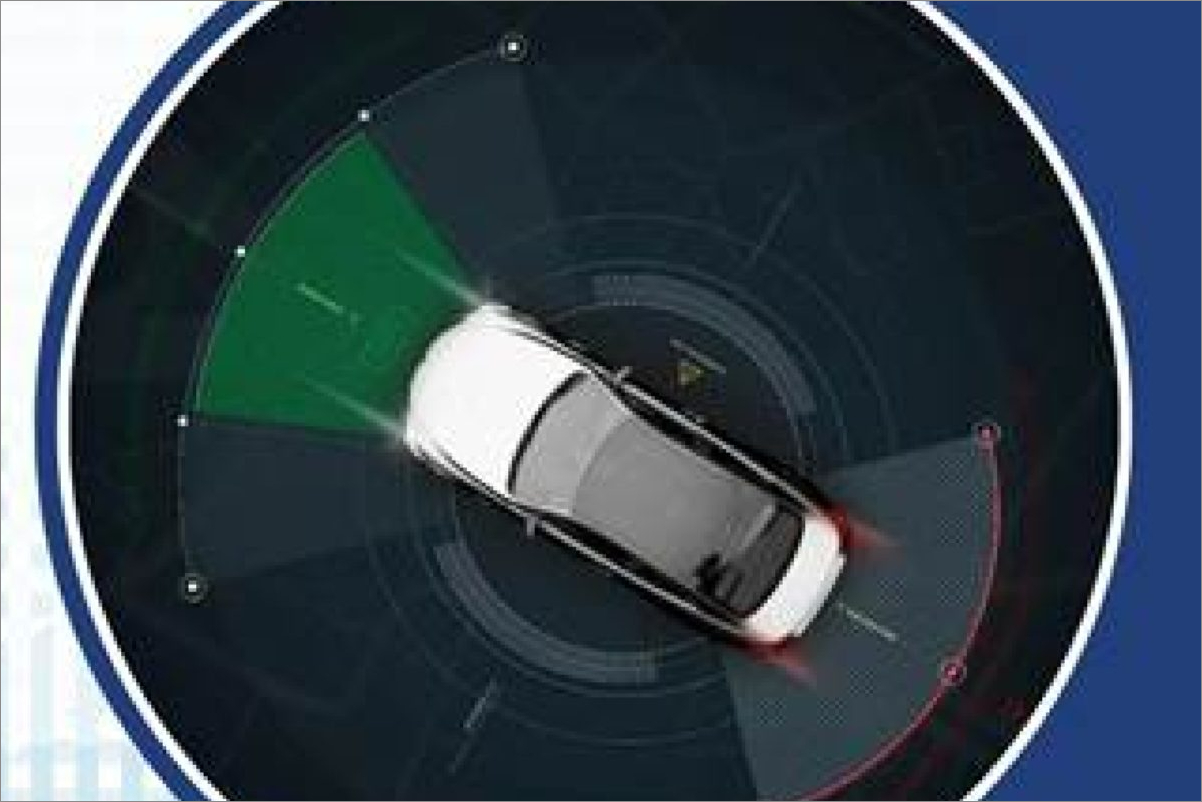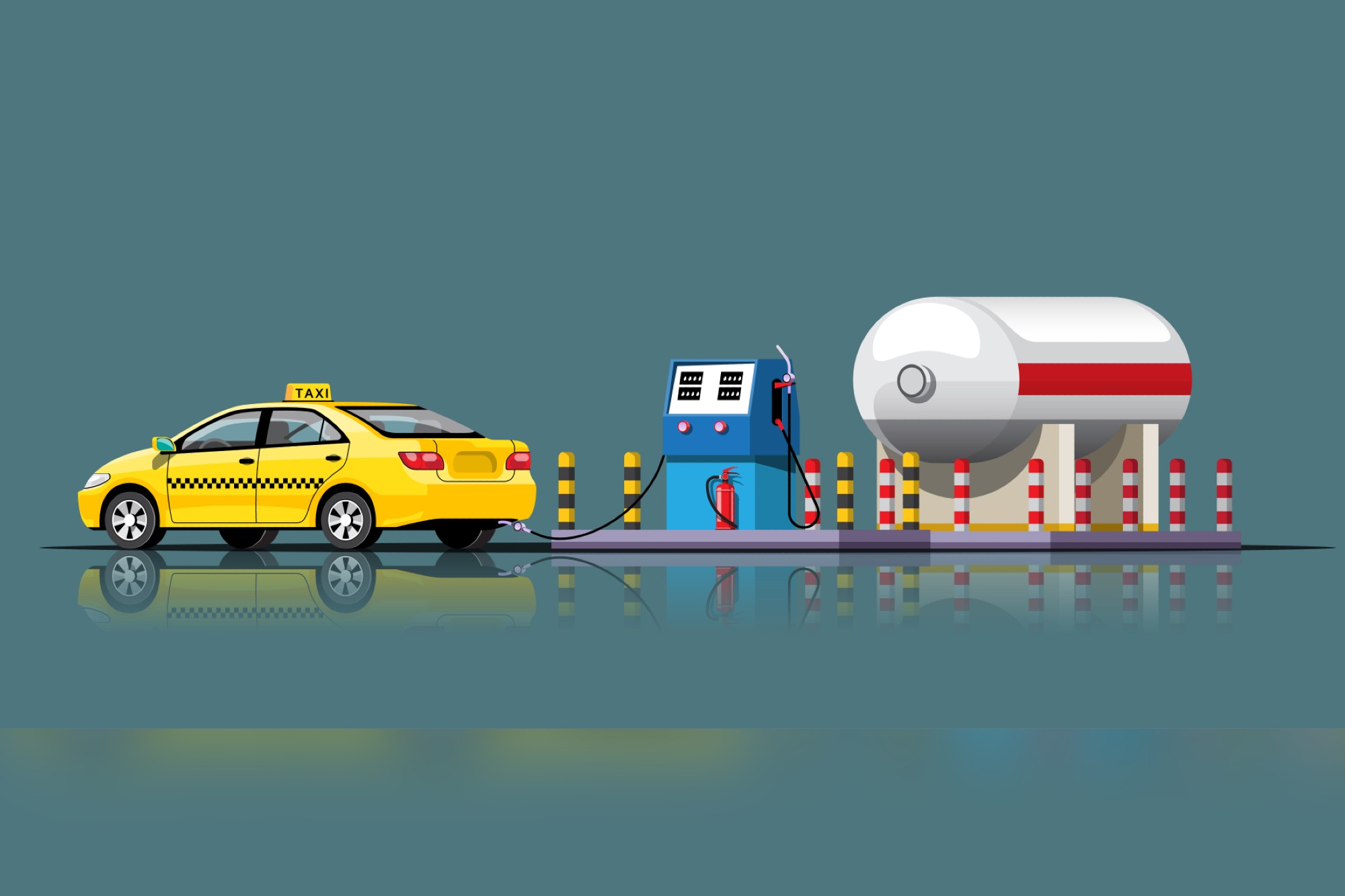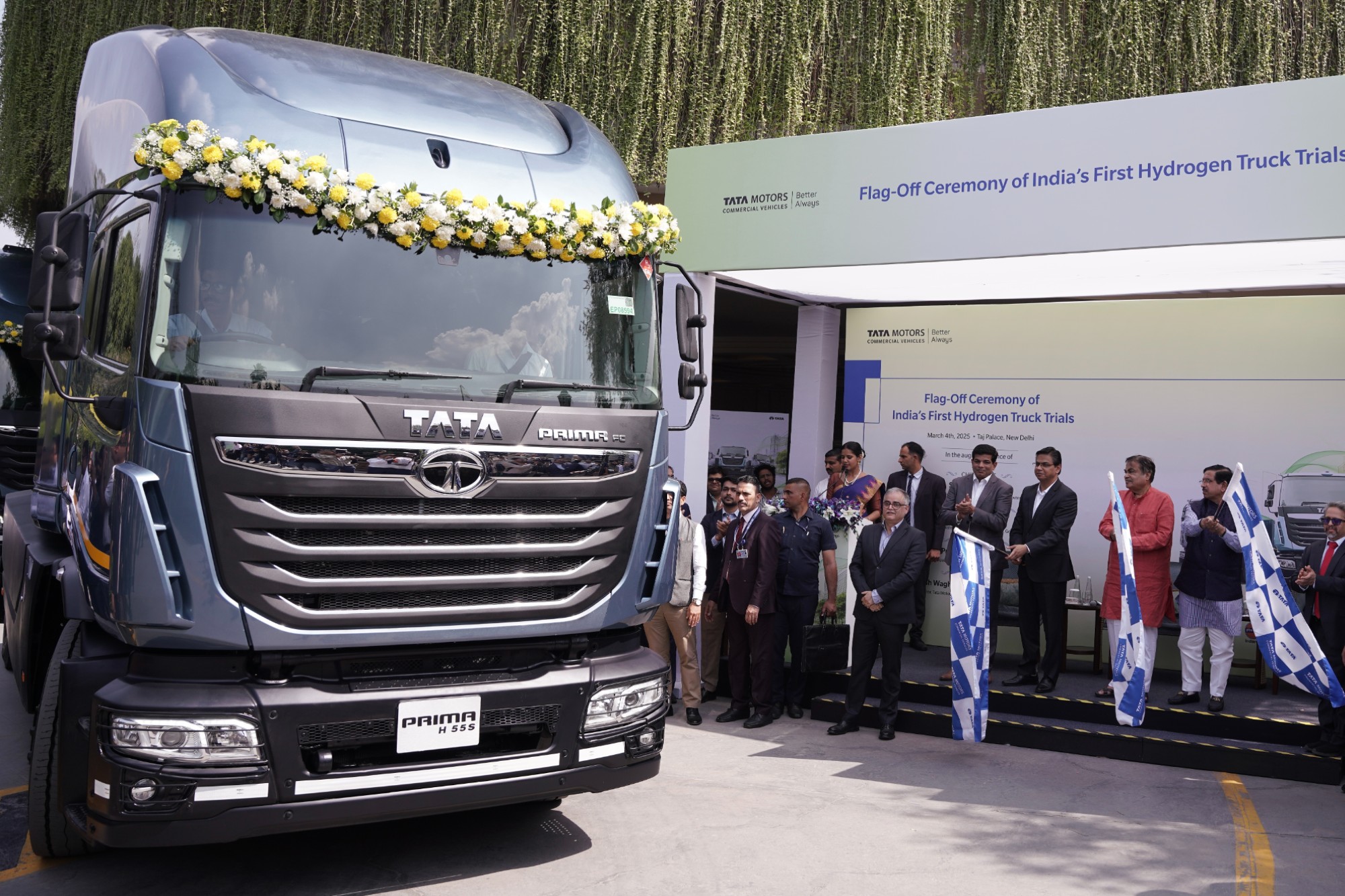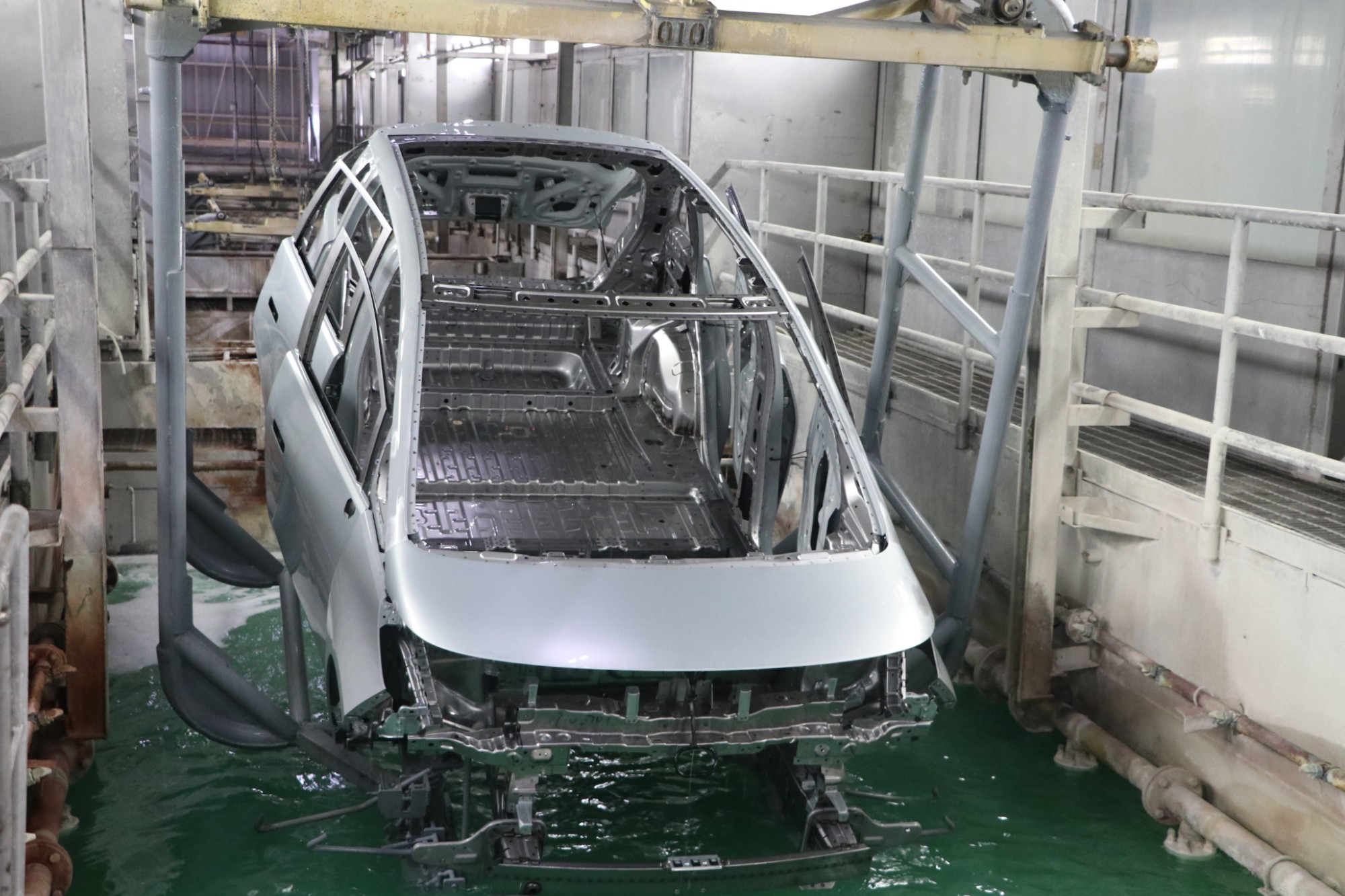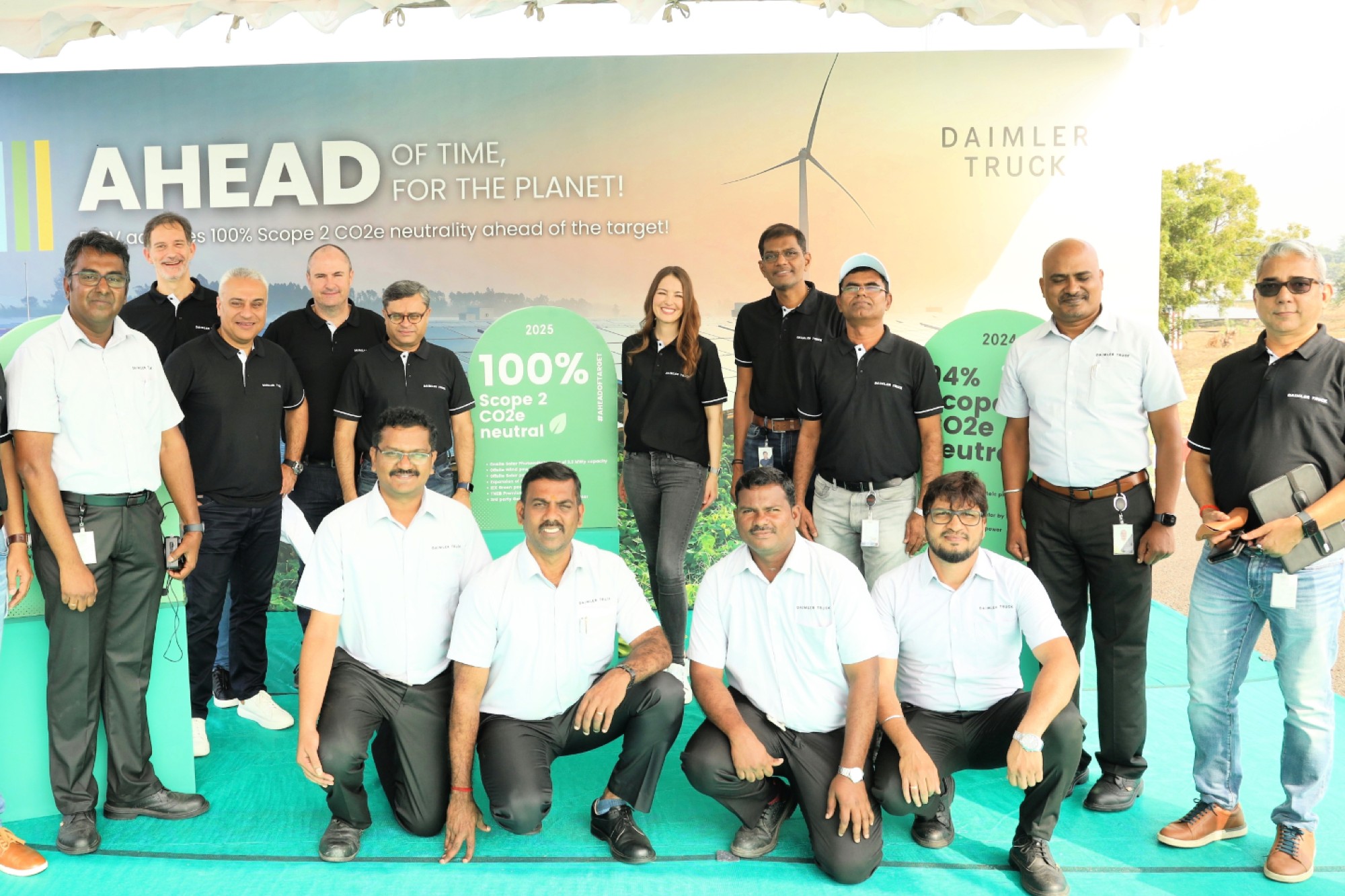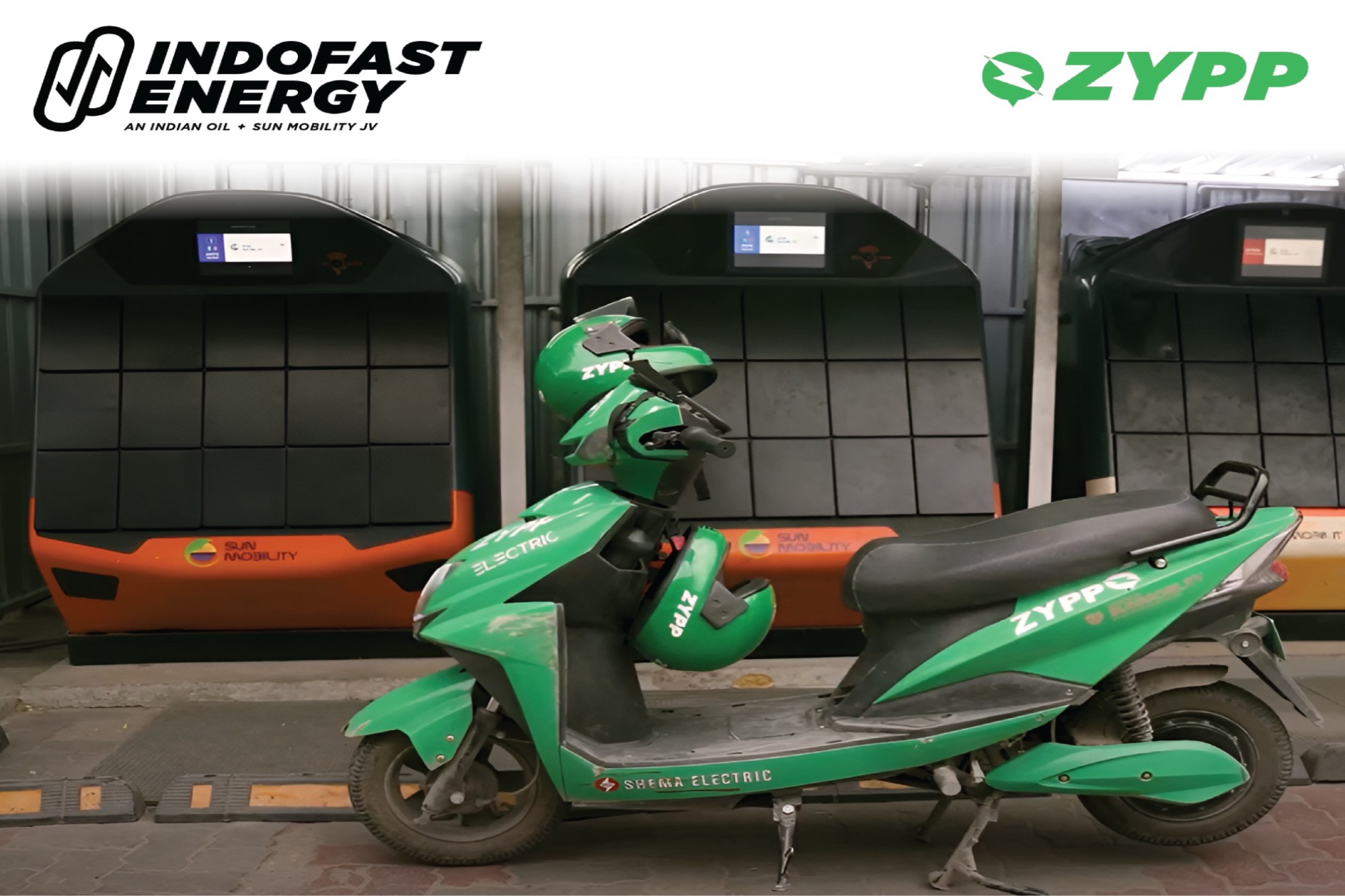Hydraulic technologies transitioning with the automotive industry
By Staff Report September 25, 2024 6:09 pm IST
The global automotive hydraulics system market is expected to grow by 2.9 percent CAGR from $45.1 billion in 2024 to $55.1 billion by 2031, driven by advancements in electro-hydraulic systems, regenerative braking technology, and lightweight composite materials.
Automotive hydraulics has been a cornerstone of vehicle design for decades. This technology, which controls a number of vital functions such as braking, steering, and suspension, is important for vehicle safety, comfort, and performance. The automobile sector is facing substantial transition as a result of sustainability, electrification, and the push for self-driving cars, which are reshaping hydraulic systems in novel ways caused by technological advancements and market trends.
Persistence Market Research predicts a 2.9 percent CAGR growth in the global automotive hydraulics system market from $45.1 billion in 2024 to $55.1 billion by 2031, highlighting the industry’s importance in the transition to electric and autonomous vehicles. This blog will explore future trends in automotive hydraulics, focussing on innovations driving this sector forward.
Hydraulics in modern automobiles
Hydroelectric systems in vehicles utilise fluid mechanics principles, utilising pressurised fluids like oil to generate mechanical movement or force. Traditionally, hydraulics have been integral to vehicle braking systems (hydraulic brakes), steering (power steering), and suspension systems, providing smoother rides and better handling. As vehicles advance, the demands on hydraulic systems are evolving.
The future of automotive hydraulics will involve innovation to address challenges such as weight, power consumption, and environmental impact while maintaining the efficiency and reliability of hydraulic systems.
Key innovations in automotive hydraulics
Electro-hydraulic systems, a cutting-edge advancement in automotive hydraulics, combine the precision of electronics with the power of hydraulics, showcasing the integration of electrical components. Electro-hydraulic systems combine electronics with hydraulics, reducing power consumption and improving response time. They are used in advanced braking systems, active suspension, and steering systems, offering precise control, reduced weight, and improved fuel efficiency. These hybrid systems are already being used in advanced braking systems.
As electric vehicles (EVs) and hybrid electric vehicles (HEVs) gain market share, regenerative braking technology is becoming increasingly common. While traditional hydraulic braking systems convert kinetic energy into heat, regenerative braking systems capture that energy and store it for later use. Some systems combine both hydraulic and electric components, creating a regenerative hydraulic braking system that can significantly extend battery life in EVs and reduce fuel consumption in conventional vehicles.
Companies are prioritising the development of hydraulic systems that can be integrated with electric vehicles (EVs) and hybrids, requiring advanced braking systems beyond traditional hydraulics.
Hydraulic systems are essential in vehicle suspension, alongside braking and steering. The future of automotive suspension technology is moving towards active suspension systems that dynamically adjust based on road conditions and driving behaviour, using electro-hydraulics for smoother rides and better handling.
Innovations like active body control (ABC) systems, which use high-pressure hydraulic systems controlled by electronic sensors, allow for real-time suspension adjustments. These systems provide better cornering and stability, making driving safer and more comfortable.
The rise of autonomous vehicles presents new challenges for traditional hydraulic systems, as these vehicles rely on sensors and algorithms for precise, real-time adjustments to braking, steering, and suspension. Electro-hydraulic systems offer a solution, allowing for faster, more accurate control over vehicle functions. As AVs require more automated braking and steering interventions, electro-hydraulic systems will likely play a key role in enabling these technologies.
Lighter, more efficient materialsThe future of automotive design is focussing on weight reduction, particularly with the rise of electric vehicles (EVs). Advancements in material science enable manufacturers to create lighter, more efficient hydraulic components without compromising strength or performance.
The development of lightweight composite materials for hydraulic systems, such as high-strength polymers and advanced alloys, reduces the overall weight of vehicles, thereby improving fuel efficiency and reducing CO2 emissions. These lighter hydraulic systems are important for electric vehicles, which balance the weight of heavy batteries with the need for efficiency.
Sustainability and environmental considerations
As the world shifts toward greener technologies, automotive hydraulic systems are under pressure to become more environmentally friendly. The use of hydraulic fluids, which are often petroleum-based, has raised concerns about environmental pollution and disposal. This is pushing manufacturers to innovate with biodegradable hydraulic fluids and eco-friendly systems.
The next generation of hydraulic systems is expected to incorporate improved sealing technologies and leak detection systems to address the common issue of hydraulic system leakage, which leads to fluid loss and environmental contamination.
Additionally, hydraulic systems are increasingly being designed with sustainability in mind, using materials that are easier to recycle and reducing energy consumption during operation. The move toward electrification also supports this trend, as electro-hydraulic systems tend to be more energy-efficient than traditional fully hydraulic ones.
Market landscape
The steady growth in the automotive hydraulics market, projected to reach US$55.1 billion by 2031, reflects the continued demand for hydraulic systems across various vehicle categories. Although electric vehicles and autonomous vehicles are gaining momentum, traditional hydraulic systems will still be relevant for a considerable time, especially in commercial vehicles, off-road vehicles, and heavy-duty trucks that rely on robust hydraulic components for performance.
However, future market trends will see significant changes in product development and design, with increased demand for advanced electro-hydraulic systems, regenerative braking technologies, and lightweight components, aligning with global fuel efficiency and emissions reduction.
Conclusion
The future of automotive hydraulics is one of innovation and adaptation. As the automotive industry embraces electrification, autonomy, and sustainability, hydraulic systems will evolve to meet new demands while maintaining their core advantages of power, precision, and reliability. Electro-hydraulics, regenerative braking, active suspension, and eco-friendly hydraulic systems are just a few of the trends shaping this transformation.
The automotive hydraulics market, set to grow at a steady 2.9 percent CAGR, presents a promising future for the next generation of vehicles, making it important for manufacturers and suppliers to stay ahead of trends and invest in new materials, technologies, and design solutions.
Cookie Consent
We use cookies to personalize your experience. By continuing to visit this website you agree to our Terms & Conditions, Privacy Policy and Cookie Policy.



